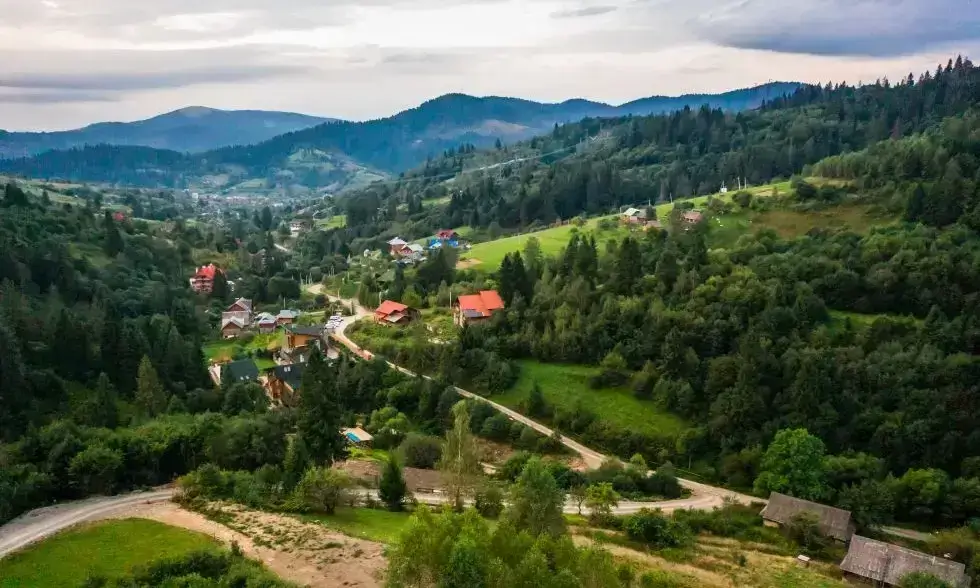Sights of Slovenia
Travelers to Slovenia do not visit primarily for the coastline, though the azure coast, which stretches for 47 kilometers and is surrounded by charming towns, is not negligible. It is particularly recommended to visit Koper, Izola, and Piran. Compared to the increasingly popular Croatian coast, Slovenia's coast is much more accessible for Hungarians. The towns along the coast offer the chance to explore Venice-style architecture reminiscent of Rome, local gastronomic specialties, and the famous hospitality of the locals.
In the sparkling clear Mediterranean Sea, one can swim, snorkel, and dive, but hikers can also unwind as there are opportunities for hiking and cycling. Slovenia is a perfect choice for families with small children for whom long journeys are not optional.
For those arriving specifically for the coast, it is advisable to find accommodation in the coastal cities, as they won't miss attractions like the Skocjan Caves, the Vipava wine region, or the Lipica Stud Farm. Due to the location of some cities, cycling around them is especially worthwhile. This hiking option is further supported by the availability of numerous bike rental locations. Riding alongside avenues lined with birch trees and passing by St. John the Baptist Church fills people with special feelings.
Ljubljana
The Slovenian capital, as a part of the World Heritage, truly transformed into a metropolis at the end of the 19th and beginning of the 20th centuries with buildings constructed during this period. It was during this time that Ljubljana became a truly modern city. Among the buildings designed by one of the most famous architects, there are such breathtaking structures as the national library, churches, markets, and a cemetery, which is an unsurpassable example of memorial architecture.
St. Nicholas Cathedral was built in Baroque style in the mid-18th century. The first sources mentioned it in 1262. Its original state was characterized by Romanesque architectural styles, but due to an unfortunate fire, it was refurbished with Gothic elements. During later restorations, it received the stylistic features of the era, allowing Baroque to be uncovered as well. Due to the frescoes, it's definitely worth admiring from the inside.
Those entering Slovenia near the Hungarian border are immediately welcomed by a huge lavender farm at Dobronak, which includes a tropical garden. Interestingly, approximately 160 orchid species can be viewed in their natural environment. One of the most visited places is Lake Bled. Its shoreline is 6 kilometers long. The lake is truly fascinating due to its mystical island, Bled Island. Here, one can also view the Church of the Assumption, which stands at the highest point of the island.
Skocjan Caves – One of Slovenia's Most Beautiful Attractions
The Skocjan Caves are located about 40 kilometers from the coast. It is the largest cave system in Europe, shaped by the Reka River. Due to the local weather conditions, the acidic rainfalls may have contributed to its formation, continuously deepening the cavities. Tour guides and hiking leaders offer three routes, available with prior booking. The first leads through the Skocjan Caves, the second is a tour between the Reka River and the outside world, and the third runs above the surface.
The Slovenian E-Vignette 2024 is immediately available for purchase here in the Online Shop.









